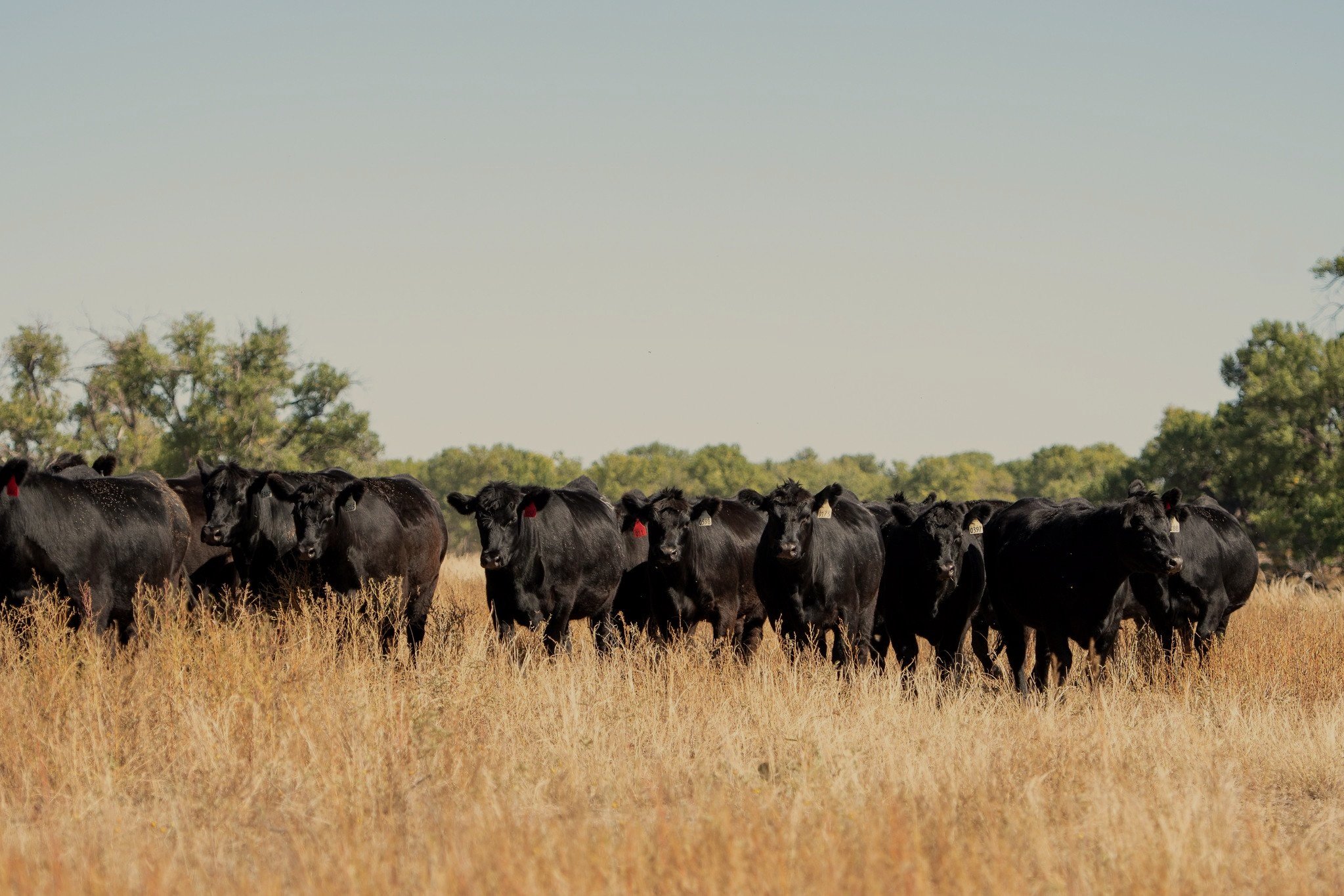Bagley Risk Management Solutions: Your Shield Against Uncertainty
Bagley Risk Management Solutions: Your Shield Against Uncertainty
Blog Article
Comprehending Livestock Danger Security (LRP) Insurance Policy: A Comprehensive Guide
Browsing the world of animals risk security (LRP) insurance policy can be a complicated venture for many in the farming market. From just how LRP insurance coverage operates to the numerous coverage options readily available, there is much to discover in this extensive guide that might potentially shape the means livestock producers approach danger monitoring in their services.

Just How LRP Insurance Policy Works
Sometimes, recognizing the technicians of Livestock Threat Security (LRP) insurance coverage can be intricate, however damaging down how it works can give clearness for herdsmans and farmers. LRP insurance coverage is a danger administration device made to protect livestock producers versus unforeseen cost declines. The policy permits producers to establish an insurance coverage level based on their specific requirements, picking the number of head, weight range, and insurance coverage cost. Once the policy is in location, if market value fall below the protection rate, manufacturers can sue for the distinction. It is necessary to note that LRP insurance is not a profits guarantee; rather, it focuses entirely on rate danger security. The coverage period usually ranges from 13 to 52 weeks, supplying versatility for producers to select a period that straightens with their manufacturing cycle. By using LRP insurance policy, ranchers and farmers can alleviate the monetary risks related to fluctuating market value, ensuring better stability in their operations.
Eligibility and Insurance Coverage Options

When it comes to insurance coverage alternatives, LRP insurance policy offers producers the adaptability to select the coverage degree, protection duration, and recommendations that finest suit their danger administration requirements. Coverage degrees normally vary from 70% to 100% of the anticipated ending worth of the insured animals. Manufacturers can likewise select coverage periods that straighten with their production cycle, whether they are guaranteeing feeder livestock, fed livestock, swine, or lamb. Recommendations such as price danger protection can better tailor insurance coverage to shield versus adverse market variations. By understanding the qualification criteria and protection options available, livestock manufacturers can make informed choices to take care of risk successfully.
Pros and Disadvantages of LRP Insurance Coverage
When assessing Livestock Risk Protection (LRP) insurance coverage, it is essential for animals producers to consider the drawbacks and advantages fundamental in this threat administration device.

Among the key advantages of LRP insurance coverage is its capacity to give defense against a decrease in livestock costs. This can assist safeguard manufacturers from financial losses resulting from market fluctuations. Furthermore, LRP insurance coverage uses a level of versatility, enabling producers to personalize coverage degrees and plan periods to fit their specific demands. By locking in an assured cost for their animals, manufacturers can better take care of danger and prepare for the future.
One constraint of LRP insurance is that it does not shield against all kinds of threats, such as disease break outs or all-natural disasters. It is critical for producers to very carefully assess their individual threat direct exposure and financial scenario to establish if LRP insurance is the ideal danger monitoring why not try these out device for their operation.
Understanding LRP Insurance Policy Premiums

Tips for Maximizing LRP Benefits
Optimizing the advantages of Animals Danger Defense (LRP) insurance policy requires calculated planning and aggressive danger administration - Bagley Risk Management. To make the most of your LRP protection, consider the adhering to pointers:
On A Regular Basis Assess Market Conditions: Stay informed regarding market patterns and price fluctuations in the animals industry. By keeping track of these factors, you can make enlightened decisions concerning when to acquire LRP protection to secure against prospective losses.
Set Realistic Coverage Levels: When picking insurance coverage degrees, consider your production prices, market value of livestock, and potential threats - Bagley Risk Management. Setting sensible protection degrees ensures that you are effectively secured without paying too much for unneeded insurance coverage
Expand Your Coverage: Rather than counting only on LRP insurance, think about diversifying your risk monitoring strategies. Combining LRP with various other threat monitoring tools such as futures agreements or alternatives can provide thorough insurance coverage versus market uncertainties.
Testimonial and Change Insurance Coverage Regularly: As market conditions transform, regularly review your LRP coverage to guarantee it aligns with your present threat direct exposure. Changing insurance coverage degrees and timing of purchases can assist maximize your danger security approach. By complying with these tips, you can maximize the advantages of LRP insurance coverage and secure your livestock operation against unforeseen risks.
Conclusion
Finally, livestock threat defense (LRP) insurance is a valuable device for farmers to take care of the economic dangers connected with their livestock procedures. By understanding just how LRP functions, eligibility and insurance coverage choices, as well as the advantages and disadvantages of this insurance policy, farmers can make enlightened click for info choices to safeguard their resources. By very carefully thinking about LRP premiums and implementing methods to maximize benefits, farmers can reduce possible losses and make certain the sustainability of their operations.
Animals producers interested in acquiring Livestock Danger Protection (LRP) insurance policy can check out a variety of eligibility requirements and coverage alternatives customized to their details animals procedures.When it comes to insurance coverage choices, LRP insurance policy offers producers the flexibility to select the protection degree, protection duration, and recommendations that finest suit their danger administration requirements.To grasp the intricacies of Livestock Risk Security (LRP) insurance completely, recognizing the elements influencing LRP insurance costs is important. LRP insurance policy costs are identified by numerous aspects, consisting of the coverage degree picked, the anticipated price of animals at the end of the coverage duration, the type of livestock being insured, and the size of the insurance coverage period.Testimonial and Readjust Coverage Routinely: As market conditions transform, regularly assess your LRP coverage to guarantee it straightens with your current risk exposure.
Report this page